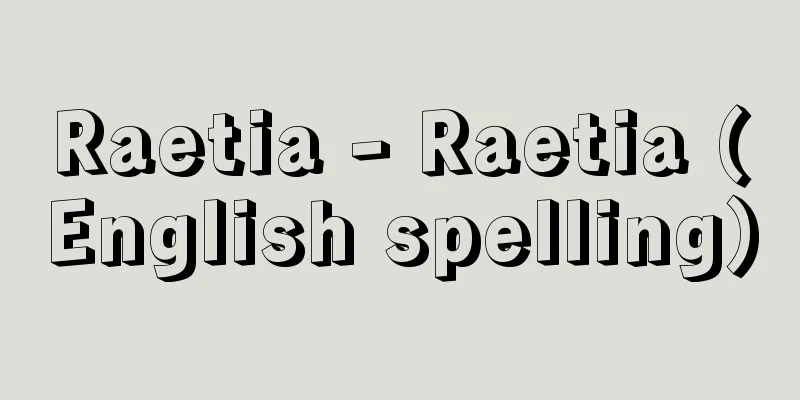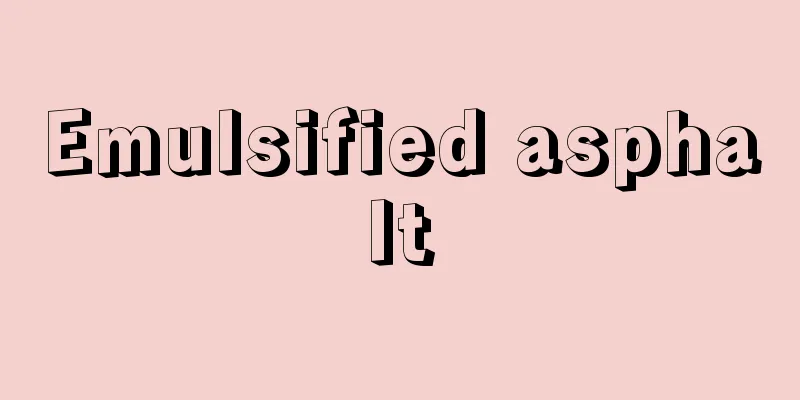Edo Famous Places Illustrated

|
A pictorial guide to famous places in Edo and its suburbs. The editors were three generations of father and son: Saito Yukio (Nagaaki), Yukitaka (Kansai), and Yukinari (Gesshin). It was published by Suharaya Mohei and Ihachi in Edo between 1834 and 1836 (Tenpo 5-7). It has 7 volumes and 20 books. The illustrations were by Hasegawa Munehide (Settan). Mr. Saito was the headman of Kanda Kijicho, and Yukio researched Edo and its suburbs during the Kansei era (1789-1801) and wrote the book, but died before it could be published. Yukitaka took over and added to it, but died before it was published. Yukinari further revised it and completed it, and it was finally published. The book describes the history and current state of shrines, temples, and famous places and historical sites in Edo and the Musashino area through on-site inspections, and is of great historical value. Settan's illustrations, which convey the customs, events, and scenery of Edo, are particularly detailed sketches of the actual locations, and are ideal as a historical document of life in Edo from the Bunka and Bunsei periods (1804-1830) to the Tenpo period (1830-1844). Included in Dai Nippon Meisho Zue, Yuhodo Bunko, and Kadokawa Bunko. [Renko Mizue] Volume 1 "Nihonbashi" (Nihonbashi Bridge) Painted by Hasegawa Settan (Munehide) Published 1834-1836 (Tenpo 5-7) Owned by the National Diet Library "Illustrations for Edo Famous Places" Volume 1 "Nihonbashi" (Nihonbashi Bridge) Edited by Saito Yukio (Nagaaki) and others Published 1834-1836 (Tenpo 5-7) Owned by the National Diet Library "Illustrated Guide to Famous Places of Edo" (Commentary) The cultivation of Japanese pears can already be seen in the "Nihon Shoki" and "Sandai Jitsuroku." By the latter half of the Edo period, there were over 150 varieties, and many new varieties have been created since the Meiji period. The picture shows commercial pear cultivation in the Edo period. The trellis training is a cultivation method unique to Japan. "Edo Meisho Zue," Volume 7, National Diet Library . Pear orchards as seen in "Edo Meisho Zue" Illustration of Toshimaya Liquor Store in Edo. "Every year at the end of February, Toshimaya Liquor Store in Kamakura-cho sells white sake for the Doll's Festival. People from far and near come to buy this, and the market bustles in front of the store from dawn onwards." There is also a sign in front of the store that reads, "We are closed for sake and soy sauce." "Edo Meisho Zue" Volume 1 "Illustration of Toshimaya Liquor Store in Kamakura-cho Selling White Sake" National Diet Library Collection "> Toshimaya as seen in "Illustrated Guide to Famous Places of Edo" In Edo, a city where fires were so frequent that it was said that "fires are the flower of Edo," fire prevention measures were strengthened by establishing one fire watchtower in each of the 10 districts during the Kyoho era (1716-1736). The picture shows a watchtower that was located next to Bakuro-cho Baba, and another watchtower can be seen in the distance in the Asakusa area. "Edo Meisho Zue," Volume 1, "Bakuro-cho Baba," National Diet Library Collection "> Fire watchtowers as seen in "Edo Meisho Zue" Source: Shogakukan Encyclopedia Nipponica About Encyclopedia Nipponica Information | Legend |
|
江戸とその近郊の絵入り名所地誌。編者は斎藤幸雄(ゆきお)(長秋)・幸孝(ゆきたか)(莞斎(かんさい))・幸成(ゆきなり)(月岑(げっしん))の父子三代。1834~36年(天保5~7)に江戸の須原屋(すはらや)茂兵衛・同伊八が刊行。7巻20冊。画(え)は長谷川宗秀(雪旦(せったん))。斎藤氏は神田雉子(きじ)町の名主で、寛政(かんせい)年間(1789~1801)に幸雄が江戸府内および近郊を実地に調べて執筆したが出版できずに没し、幸孝が引き継いで増補したが未刊のまま死去、幸成がさらに校訂を加えて完成、ついに刊行した。江戸府内および武蔵野(むさしの)近郊の神社・仏閣、名所古跡の沿革と現状を実地検証によって記述し、その史料的価値は高い。ことに風俗、行事、景観を伝える雪旦の画(え)は、実地の写生であって精緻(せいち)を極めた描写が多く、文化・文政期(1804~30)から天保(てんぽう)期(1830~44)にかけての江戸の生活史料としても好適である。『大日本名所図会』『有朋堂文庫』『角川文庫』所収。 [水江漣子] 巻1 「日本橋」 長谷川雪旦(宗秀)画 1834~1836年(天保5~7)刊国立国会図書館所蔵"> 『江戸名所図会』(挿絵) 巻1 「日本橋」 斎藤幸雄(長秋)他編 1834~1836年(天保5~7)刊国立国会図書館所蔵"> 『江戸名所図会』(解説) 日本ナシの栽培は『日本書紀』『三代実録』にすでにみられる。江戸時代後半には150以上の品種が数えられ、明治以降も多くの新品種がつくられている。図は江戸時代におけるナシの営利栽培の風景。棚仕立ては日本独自の栽培法である。『江戸名所図会』 巻7国立国会図書館所蔵"> 『江戸名所図会』にみるナシ園 江戸・豊島屋酒店の図。「例年二月の末鎌倉町豊嶋屋の酒店に於て、雛祭の白酒を商ふ。是を求んとて遠近の輩、黎明より肆前に市をなして賑へり」と書き入れがあり、店の前には「酒醤油相休申候」と書いた立て札も見える。『江戸名所図会』 巻1 「鎌倉町 豊島屋酒店 白酒を商ふ図」国立国会図書館所蔵"> 『江戸名所図会』にみる豊島屋 「火事は江戸の華」といわれたほどの火災多発都市江戸では、享保年間(1716~1736年)町方10町に一つずつの火の見櫓を設け、防火対策を強化した。図は馬喰町馬場のわきにあった櫓で、遠く浅草方面にも一つ櫓が見える。『江戸名所図会』 巻1 「馬喰町馬場」国立国会図書館所蔵"> 『江戸名所図会』にみる火の見櫓 出典 小学館 日本大百科全書(ニッポニカ)日本大百科全書(ニッポニカ)について 情報 | 凡例 |
<<: Edmonton - Edmonton (English spelling)
Recommend
Aktaion (English spelling) Aktaiōn
A hunter who appears in Greek mythology. He was t...
Arcadia Lusitana
…Encyclopedic works of great magnitude were produ...
Gheorghe Gheorghiu‐Dej
1901‐65 Romanian politician. He was a worker and j...
Mantle diapir (English spelling) mantlediapir
…Other diapirs besides salt domes include shale d...
Substitution - Degawari
Short for "detsuri boukein" (transition...
Miyakodayu Junior High School
The name of the head of the Icchu-Setsuto school....
Alfonso Caso
1896‐1970 Mexican anthropologist. Known for his ex...
Samarskite
…Niobium and tantalum have very similar propertie...
Byodoin Temple
An independent temple located in Uji Renge, Uji C...
Gigantorana goliath
… [Takahiro Matsui]. … *Some of the terminology t...
Wesley, S.
...This is partly because, with the modernization...
Kansu-suki - Kansu-suki
Please see the "Tokiwasusu" page. Sourc...
Viburnum awabuki (coral tree)
It is an evergreen small tree of the Caprifoliacea...
Mṛgadāva (English spelling) Mrgadava
…A garden in the ancient Indian state of Kashi, w...
Teshio Mountains - Teshiosanchi
A mountain range stretching from north to south i...









